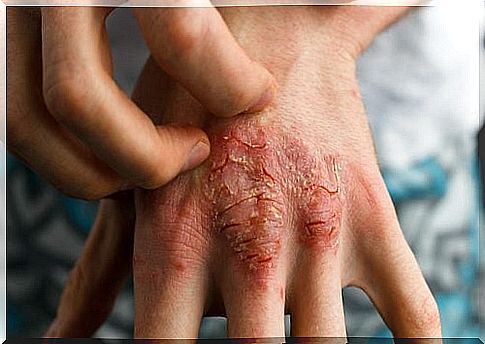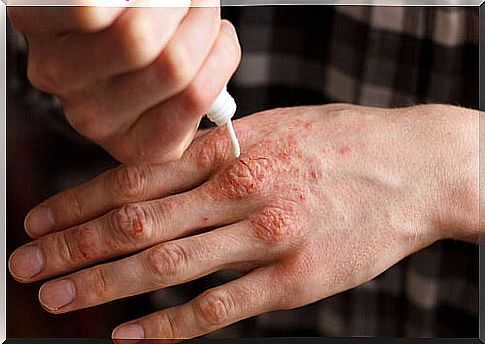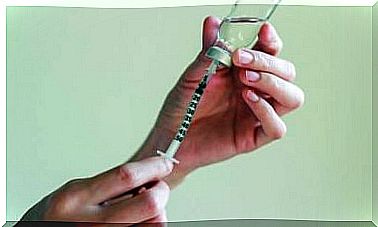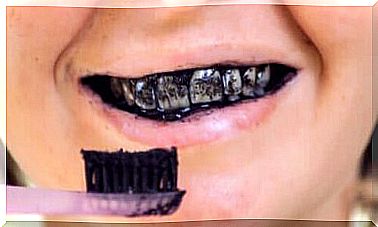Psoriasis Treatment
There are different treatments that keep psoriasis under control

Treating psoriasis reduces symptoms by combining different therapies.
Treatment of psoriasis is symptomatic and depends on the clinical situation of each patient. As there is no definitive one, there are different treatments that keep the disease under control and, in some cases, decrease the symptoms:
- Inflammation
- Redness
- Desquamation
- Itching
The different treatments for psoriasis are:
- Local therapies
- Phototherapy and photo chemotherapy
- Oral systemic drugs
- Biological therapies
Local therapies
These are the starting treatments used for the majority of psoriasis. They consist of the application of creams and lotions externally and localized to the skin lesions.
Among the drugs most used locally for the treatment of psoriasis we find:
- Vitamin D analogues
- Local corticosteroids
- Keratolytics
- Local retinoids
- Tars
Vitamin D analogues: calcitriol, calcipotriol or tacalcitol
The most effective is calcipotriol. The clinical response of these analogs is slower than that of very strong corticosteroids, but because they have a better safety profile, this makes them very useful for long-term treatment.
It is recommended to use them in combination with a corticosteroid for topical use, as this combination is more effective than all those used as monotherapy.
Despite their safe value, vitamin D analogues have a rather marked adverse effect: the possibility of producing irritation on the injured skin area, which is why we must avoid sun exposure after its application.
Local corticosteroids
This group of drugs works primarily by clearing up plaques and reducing inflammation. Low power ones are used for delicate areas (face and folds) and more powerful ones for the scalp, areas with larger patches, hands and feet.

It is recommended to use the stronger ones at first, then continue with the weaker ones, or even combine them with other therapies such as vitamin D analogues.
We must be careful with corticosteroids because they have adverse effects both locally and systemically.
Among the premises we find:
- Decrease in the size of the epidermis
- Lightening of the skin by inhibition of melanocytes
- Rosaceiform dermatitis
- Purpura
Systemic effects are infrequent but serious, among them we find inhibition of the hypothalamus-pituitary axis and Cushing’s Syndrome.
To avoid them, we recommend a maximum of application per day, taking into account that they have a rebound effect if the treatment is stopped suddenly.
Keratolytics: acetylsalicylic acid (aspirin)
The use of acetylsalicylic acid is limited to eliminating scaly plaques, promoting tissue renewal and enhancing the effectiveness of associated drugs to facilitate their absorption, which is why it is a complementary treatment.
Local retinoids
These are analogues of vitamin A. Tazarotene is the only one available for the treatment of psoriasis. It is used in combination with corticosteroids.
They produce skin irritation (avoid its use on the face or skin folds), and like all analogues of vitamin A, it is photosensitive and teratogenic, which is why it is contraindicated in women. pregnant.
Tars
It is the oldest treatment for psoriasis. It contains pitch and coal. It is used intermittently on skin folds, although they are sometimes hated because of their smell and how easy they are to stain clothes.
These treatments are also photosensitive, which is why sun exposure should be avoided after their application.
Phototherapy and photo chemotherapy
These treatments are used when the patient is not responding adequately to local therapies or the plaques are very extensive.
- Phototherapy: these are UVB rays (narrowband rays are the most effective and produce the least amount of burns). They are used in combination with tazarotene, vitamin D analogues or systemic treatments.
- Photo chemotherapy: also called PUVA. It consists of the combination of UVA radiation after local or oral administration of a psoralen which acts as a photosensitizer.
Its use is done alternately in patients for whom UVB does not bring any results, because PUVA has a greater efficiency and a more prolonged effect, but it is associated with basiloma (basal cell carcinoma) and melanoma.

Oral systemic drugs
Systemic treatment is indicated when other therapies do not work. This treatment is based on the administration of:
- Immunosuppressants
-
Retinoids
Immunosuppressants
Among these drugs, the most widely used is methotrexate, especially for long-term treatments. The patient should be placed on a monitor because of its serious side effects.
We should also avoid pregnancy for up to 3 months after treatment with this medicine, both in women and in men.
Another immunosuppressive drug used is oral cyclosporine, which is similar to or better than methotrexate, but is nephrotoxic and produces hypertension. This is why it requires patient follow-up. It is recommended for intermittent and short-term treatments.
Retinoids
Acitretin is an analogue of vitamin A. It may be an alternative in patients with pustular and immunocompromised psoriasis who cannot use immunosuppressive drugs.
UVB and PUVA can be combined, but it is less effective than cyclosporine and maintains its teratogenesis for up to 2 years after treatment.
Biological therapies for the treatment of psoriasis
They are reserved for patients with contraindications or intolerance to PUVA and systemic oral treatments.
Ustekinumab is a biological medicine for which the only indication is psoriasis. It requires monitoring to control its side effects because its long-term safety is not known.









